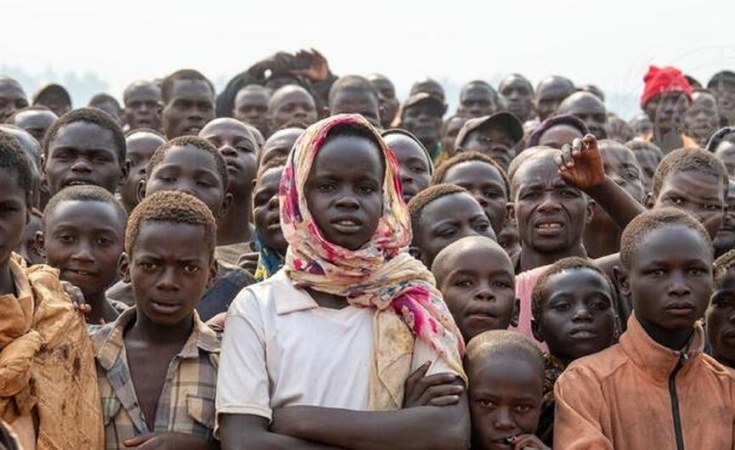- May 25, 2022
- Posted by: humanitarianweb
- Category: Humanitarian News

The number of people forced to flee conflict, violence, human rights violations and persecution has now crossed the staggering milestone of 100 million for the first time on record, propelled by the war in Ukraine and other deadly conflicts.
“One hundred million is a stark figure – sobering and alarming in equal measure. It’s a record that should never have been set,” said UN High Commissioner for Refugees, Filippo Grandi. “This must serve as a wake-up call to resolve and prevent destructive conflicts, end persecution, and address the underlying causes that force innocent people to flee their homes.”
According to new data from UNHCR, the UN Refugee Agency, the number of forcibly displaced people worldwide rose towards 90 million by the end of 2021, propelled by new waves of violence or protracted conflict in countries including Ethiopia, Burkina Faso, Myanmar, Nigeria, Afghanistan and the Democratic Republic of the Congo. In addition, the war in Ukraine has displaced 8 million within the country this year, and more than 6 million refugee movements from Ukraine have been registered.
At over 1 per cent of the global population, the overall figure is equivalent to the 14th most populous country in the world. It includes refugees and asylum seekers as well as the 53.2 million people displaced inside their borders by conflict, according to a recent report from the Internal Displacement Monitoring Centre (IDMC).
“The international response to people fleeing war in Ukraine has been overwhelmingly positive,” Grandi added. “Compassion is alive and we need a similar mobilization for all crises around the world. But ultimately, humanitarian aid is a palliative, not a cure. To reverse this trend, the only answer is peace and stability so that innocent people are not forced to gamble between acute danger at home or precarious flight and exile.”
UNHCR will release its annual Global Trends Report on June 16, outlining a full set of global, regional and national data on forced displacement for 2021, as well as more limited updates to April 2022, and details on returns and solutions.
